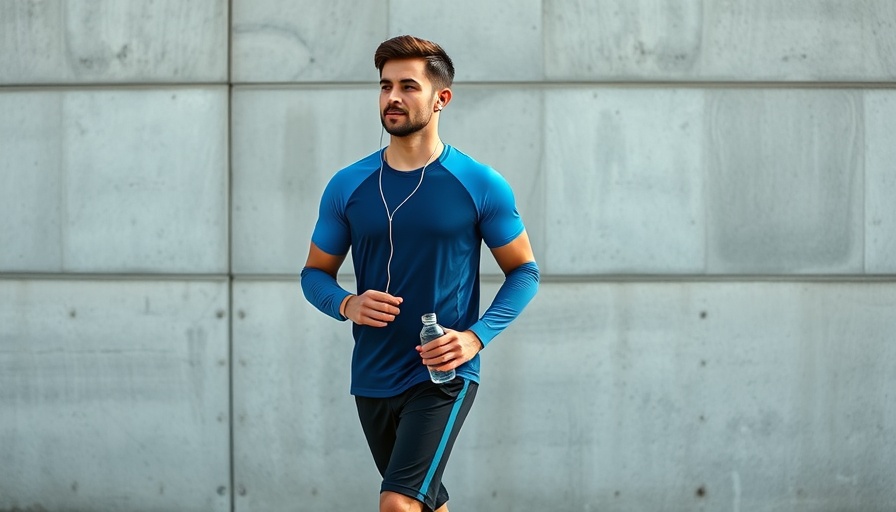
Unlocking the Power of Walking: How Long Should It Really Take to Walk a Mile?
For digital nomads eager to stay fit while on the move, understanding how long it should take to walk a mile can open doors to better health and wellness. Not only is walking an excellent way to break up long stretches of sitting, often associated with remote work and travel, but it also brings numerous health benefits.
The Benefits of Walking: More Than Just Steps
Walking is more than just a simple activity; it has profound impacts on both physical and mental health. Engaging in regular walks helps boost your mood by releasing endorphins, which act as natural stress relievers. For those traveling frequently or working remotely, these benefits are crucial in maintaining a balanced lifestyle.
Moreover, walking reduces the risk of chronic diseases such as heart disease and diabetes. As Michele Stanten suggests, integrating walking into your daily routine can lower blood pressure and improve cardiovascular health, making it a vital activity for nomads who might have irregular schedules.
How Fast Should You Walk?
To maximize the benefits of walking, setting personal pace goals can be very effective. Aim for a brisk walking speed of about 15-20 minutes per mile. This tempo not only helps build endurance but also aligns with the physical activity guidelines recommending at least 150 minutes of moderate-intensity exercise each week.
A helpful way to track your progress is through a simple fitness app or pedometer, which can motivate you to meet or exceed your daily step count. If you're currently averaging less than 7,500 steps per day, consider incrementally increasing your goal by 500-1,000 steps. These small adjustments can lead to significant health improvements over time.
Finding the Right Walking Environment on the Road
As a digital nomad, you might find yourself navigating different environments every few weeks. Learning how to find ideal walking routes—such as parks, trails, or even walking around your accommodation—can help you incorporate movement seamlessly into your day.
Interestingly, many cities now offer pedestrian-friendly walkways that not only make walking pleasurable but also allow you to explore new surroundings while you exercise. Consider joining walking groups or participating in community walks to stay motivated and meet people.
Making Walking Part of Your Daily Routine
To create a habit of regular walking, integrate it into your work schedule. For instance, take short walking breaks between work sessions or utilize walking meetings—vital for creativity—especially in coworking spaces. Establishing a consistent walking routine can help you remain active while simultaneously managing work commitments effectively.
Final Thoughts: Get Moving!
Remember, every step counts! While the mile may seem like a daunting benchmark, the journey of healthy living begins with just one foot in front of the other. So lace up those sneakers and get stepping whenever you can. Your body and mind will thank you for it!
Feeling inspired to integrate more walking into your lifestyle? Start your journey today by tracking your steps and setting daily goals. Why wait? Every mile walked brings you closer to better health!
 Add Row
Add Row  Add
Add 




Write A Comment